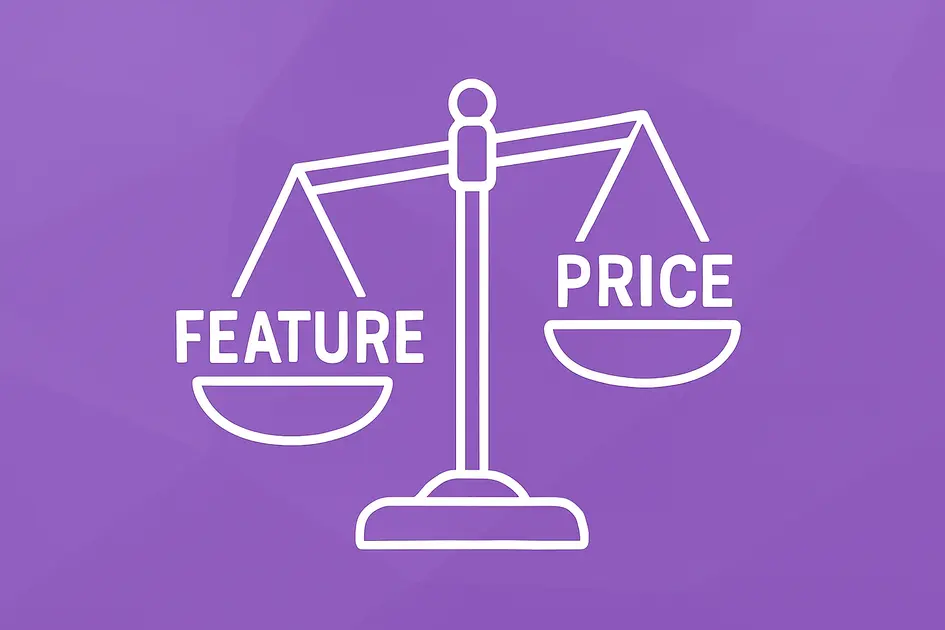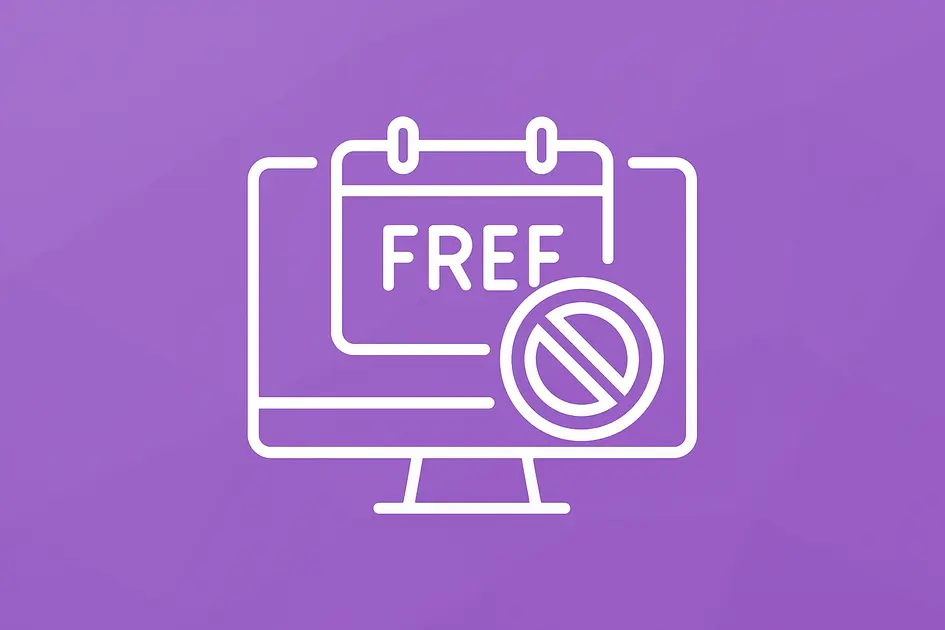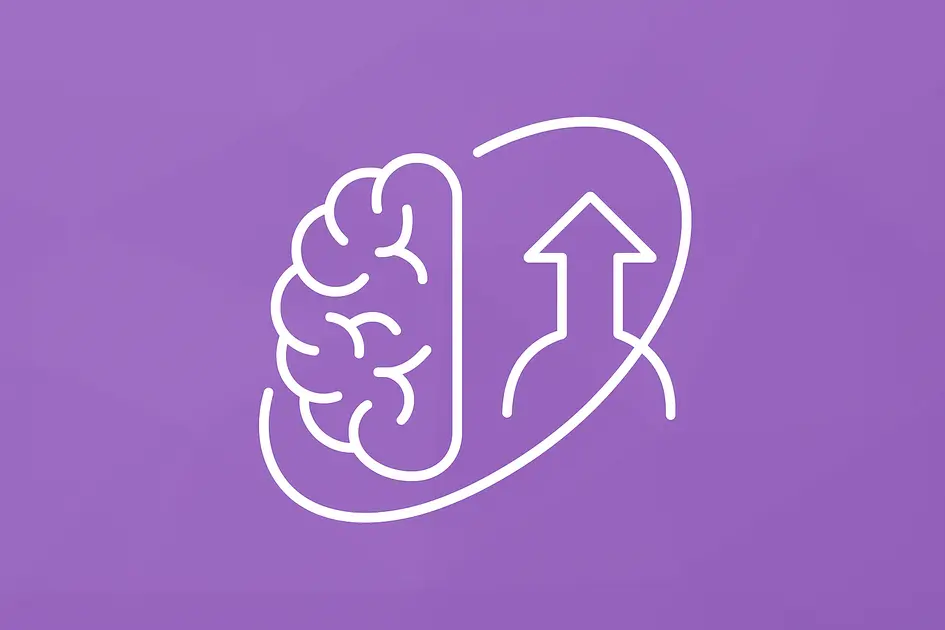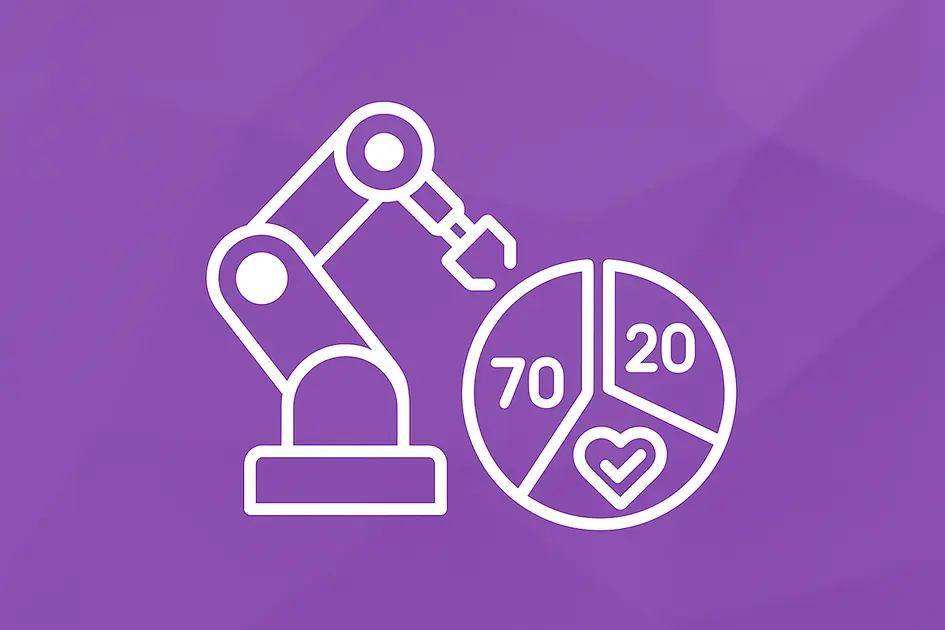Feature lists vs. true cost for spa software
Pricing pages can feel like grocery receipts-endless checkmarks and fancy tier names.
But the longest feature list isn’t always the best. What matters is how the software impacts your revenue, time, compliance, and client loyalty.
Pick the wrong tool, and you’ll add extra work and surprise costs-right when you want stability.
Where checklists mislead solo spas
Checkmarks look the same, but features can be very different.
- “SMS reminders” in one plan might mean unlimited, branded texts. In another, it could mean caps, extra fees, and the app’s logo.
- “Analytics” might be a simple revenue chart-or a full dashboard with retention and filters.
Another trap: paying for features you don’t use.
A big “marketing funnel” module sounds cool, but if your book grows through referrals and rebooking, it may sit idle while you still pay.
Meanwhile, essentials-secure SOAP notes, Quick Pay, AI upsell prompts-might be locked behind a higher tier.
Case Study: Devyn’s decision fatigue
Devyn, an esthetician in Tampa, compared 12 platforms with 60 checkmarks in a spreadsheet.
She chose a mid-tier plan just for the checklist-then learned reminders were capped unless she upgraded.
After three missed confirmations during prom season, she switched to SpaSphere’s single-tier plan: unlimited reminders, AI rebooking, and inventory included.
Her rebooking rate climbed from 72% → 84% in two months because every client touchpoint stayed consistent.
The real economics behind “same” features
Case Study: Jessie’s quiet switch from Vagaro
Jessie runs a small facial studio in Portland.
She started with Vagaro because it was popular, but as her book filled, she noticed the real cost wasn’t the monthly fee -it was the constant upgrades and workarounds.
“Every few months there was a new add-on,” she says. “I was paying for intake forms, reminders, and even branding just to keep things looking professional.”
Between the base plan and extras, her total came to about $160/month plus card-processing fees.
She also spent hours each week fixing double entries between apps -intake in Google Forms, notes in Docs, inventory in Sheets.
When she moved to SpaSphere’s single plan, everything came with her: branded booking site, secure SOAP-style notes, and AI reminders.
No upsells. No credit packs.
“I finish my notes in two minutes now instead of ten. It finally feels calm,” Jessie says.
After 90 days:
- Tools used: 5 → 1
- Monthly software cost: $160 → $69 flat
- Admin time: 5 hrs/week → 1.5 hrs/week
- Rebooking rate: +14 %
Those numbers mirror what many solo estheticians experience -the hidden cost of “cheap” software.
SpaSphere didn’t just cut Jessie’s expenses; it gave her focus back.
“I didn’t realize how much brain space I was wasting until it was gone.”
Pro Tip
Score each platform on four things:
- Feature depth - How powerful are the tools you’ll actually use?
- Operational drag - How much extra work does it create day to day?
- Future roadmap - Is the product improving for your kind of business?
- Fit for you - Was it built for solo estheticians, or is it a general booking tool for salons and teams?
Rate each 1-5, then multiply by the monthly price.
A platform with lower drag, a clear focus on your workflow, and a strong roadmap often wins-even if the sticker price is higher.
Check our GlossGenius comparison and Vagaro comparison.
A simple framework for smarter comparisons
- Must-haves vs. nice-to-haves. Start with deposits, Quick Pay, AI nudges, secure notes, inventory, memberships, analytics, branded comms.
- Assign value. Estimate time/revenue impact. One recovered booking/week could be ~$600/month at common ticket sizes.
- Test usability. If a feature takes five clicks, you won’t use it. Try bookings, refunds, and note updates in the demo.
- Model tier creep. What happens to cost if you need two more features in six months? Some vendors force a premium jump for basics like role-based access.
- Plan switching costs. Budget ~40 hours if you might switch later (data moves + client retraining).
- Check support and payouts. Fast responses and same-day/next-day deposits matter. Visa notes faster payouts improve cash flow.
- Think compliance. If medical-grade notes or HIPAA-ready workflows may be in your future, pick a partner building those now.
30-day comparison sprint
- Week 1: Gather contracts, rate sheets, add-on pricing.
- Week 2: Run sample data migrations and full intake tests.
- Week 3: Compare AI features-do they suggest upsells, rebooking, pricing automatically?
- Week 4: Add up total cost of ownership (subscription + processing + your time) and match it to your pricing strategy.
What to weigh beyond features
Look for real support, not just forums.
The American Med Spa Association says consistent communication builds loyalty: software that lets you brand every touchpoint protects trust.
Harvard Business Review reminds us: it costs much more to get a new client than to keep one-so anything that helps retention is worth it.
Wrap-up: choose the platform that grows with you
Smart comparisons look at functionality, predictability, and growth support-not just checkmarks.
SpaSphere bundles the essentials-AI upsell prompts, pricing guidance, secure documentation, inventory, memberships, marketing-in one plan, so you won’t get trapped in upgrade math.
See our detailed comparison to GlossGenius and explore the one-plan pricing model.
For the full picture, read when cheap software becomes expensive and the hidden cost of juggling tools.
For retention, check automation builds loyalty.
Ready to compare feature depth with total value?
See how SpaSphere’s all-in-one platform lines up pricing, AI insights, and client experience so you can scale with confidence-without spreadsheet gymnastics.




